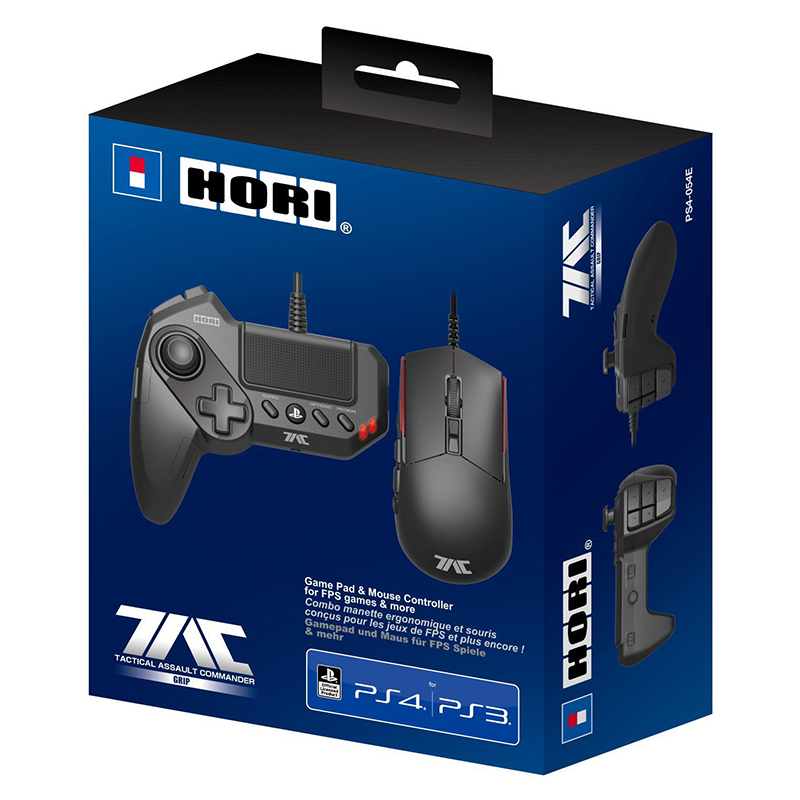

They have a satisfying tactile click that feels very similar to clicking a mouse, and the audio feedback ensures you know that the button has been pressed.Īlong the top of the controller are two bumpers and two shoulder buttons, all with a relatively short travel distance and a clicky feel – although they don’t use the same micro switch input as the face buttons unfortunately. The six face buttons are all micro switch buttons, providing an extremely short travel distance and near-instant actuation. The buttons are arranged into two rows of three, allowing you to easily press the buttons with your thumb or fingers from your right hand, depending on your preference. Opposite the directional inputs are a set of six face buttons: Cross, Square, Triangle, and Circle, as well as R1 and R2.

On the left side of the controller’s face is a slightly raised D-pad, as well as a short-throw analog stick with an 8-way gate designed to increase accuracy on inputs with a bit of tactile feedback. It’s also wired to ensure minimal input delay. The most notable difference is the absence of the right thumbstick, something not uncommon with fight pads as most fighting games don’t traditionally require its use. It features all the necessary elements of the modern DualSense controller, including the large touchpad as well as dedicated PlayStation, Options, and Share buttons. Similar to Hori’s Xbox Series X Fighting Commander Octa, this PlayStation 5 flavor is the first officially licensed fightpad for Sony’s latest console, while also being compatible with PlayStation 4 and PC. This is partly due to its all-plastic construction and lack of rumble motors, but more so that Hori has distilled the fighting pad experience down to what matters most – blazing-fast inputs and on-the-fly customization that lets you jump right into the fight. On first pickup, you’ll find the Fighting Commander Octa to be extremely lightweight, to the point of almost feeling hollow. 8 Images Hori Fighting Commander Octa – Design and Features


 0 kommentar(er)
0 kommentar(er)
